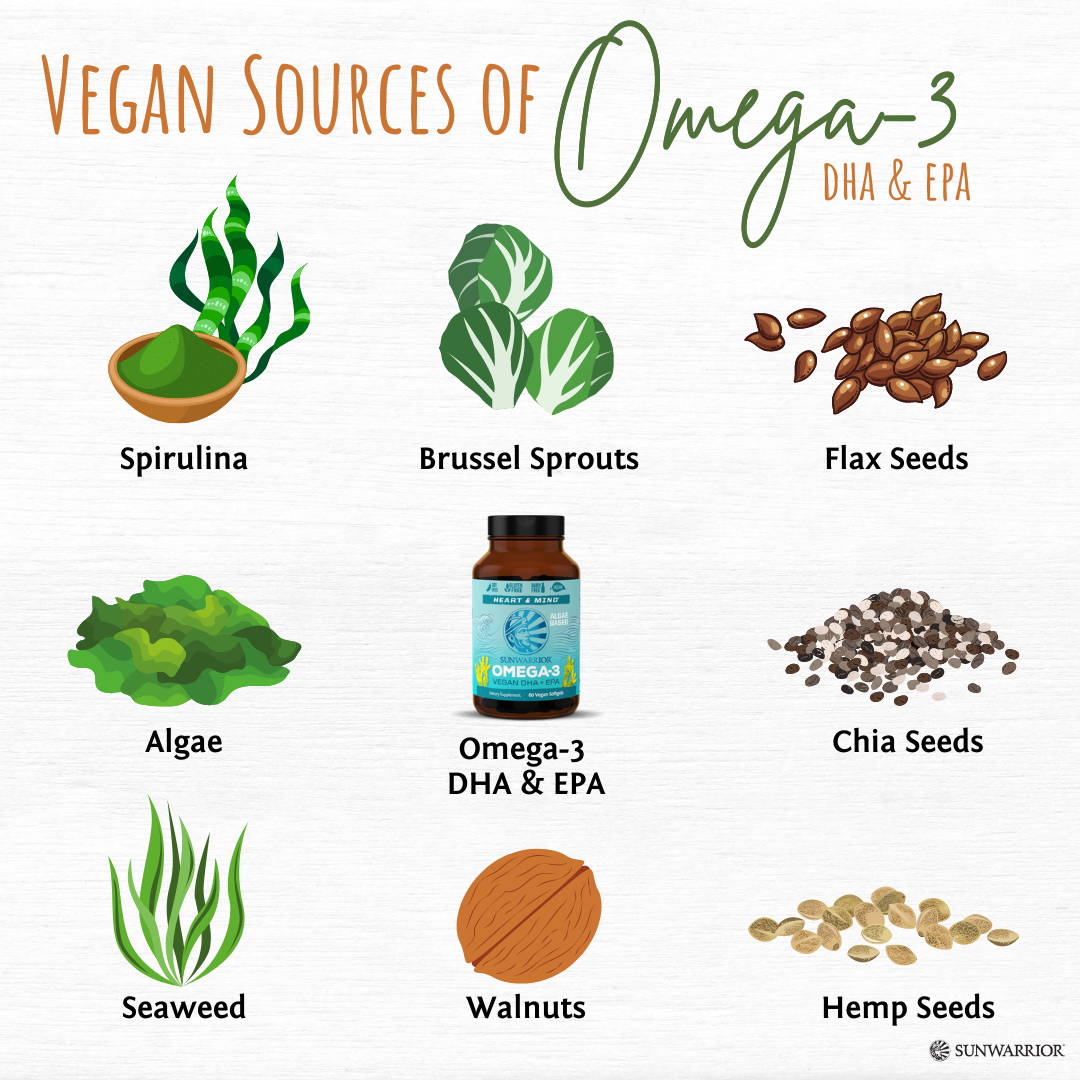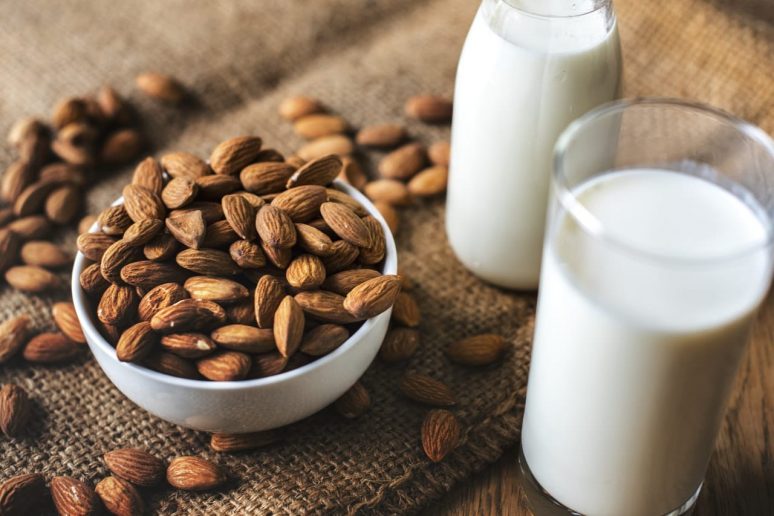
Monkeys are some of the most fascinating animals. This article will provide information on their diet, habitat, and habits. It will also help you to take care and protect their habitat. These fascinating facts about monkeys won't disappoint! Continue reading to find out more. This article will give you more information about monkey behavior.
Animals
Simiiformes is a family of mammals that includes monkeys. The name monkey is often used in the context of all members of this group, and refers to most species. There are differences between the various species. The differences between monkeys and the chimpanzees is that they are very different. They have totally different behavior and characteristics. These differences can be understood by learning more about the animals.
Monkeys can be considered highly intelligent, with unique physical traits. Their webbed toes, and prehensile foot, allow them to maneuver easily over the small branches of the rainforest canopy. Monkeys also play an important role in their native habitats, helping to pollinate flowers and disperse seeds. Some monkeys are able to swim and use their webbed toes for protection from predators or to find food. Some species, like night and owl monkeys, are strictly nocturnal. They communicate using sounds and scents to communicate.
Their habitat
Monkeys are found in diverse habitats throughout tropical forests. Some monkeys prefer to live in isolated forest areas, while others prefer the continuous forests. Some monkeys rely on a limited diet of bamboo, while others prefer a diverse range of plants. Some monkeys are very adaptable, while others are vulnerable to habitat fragmentation.

Human activities have been threatening the habitat of many species of monkeys. Roads have been made and forests are being destroyed. Their shelter and food will require them to travel further. Humans are destroying their habitats, and decreasing their numbers. They are also being hunted and killed by poachers which is threatening their ability to live.
Grooming rituals
Grooming rituals in society are very important. They provide a means to build social standing and favor, and sometimes, even save your life. However, unlike humans they do not use tools in their social grooming rituals. Instead, they use their fingers to cut hair and their mouths in order to get rid of it.
These rituals involve exchanging food and bodily parts. This occurs often between social partners. It requires trust between the two species. These rituals are believed to be performed in syncronicity and are consistent among group members.
Their diet
Monkeys consume a variety diet. A variety of fruits, leaves and insects are important for some species. Some species may also drink water from rivers or streams. It is important to remember that monkeys cannot drink water from their tongues. They can make cups with their hands, or by folding up leaves. Because monkeys in nature are so creative, they will use their hands to make cups.
Wild monkeys consume a variety fruits, nuts, seeds, and other foods. Some species also eat small mammals and birds. They eat a variety of foods depending on where they are located. While most monkey species are friendly to humans and are generally very friendly, some are pests that can cause major damage to crops.

Their social behavior
Monkeys live in groups called troops. These groups could contain members of the same gender, or from different sexes. Sometimes, a troop may have smaller social circles than others that don't affect its overall harmony. These groups can contain anywhere from five- to 100 members. For some species, like the nocturnal mikros, there are only two to four members. In these groups, the male and feminine pair typically have one or two offspring.
Monkey groups have complex social systems. The social affairs of the monkey group are often managed by females. Males become more aggressive about mating issues. Males who do not make it to the top of the social ladder can develop ulcers, high blood pressure, and other physical symptoms. They may even develop depression as a result of their stress.
FAQ
What is the best way to live a healthy lifestyle?
The healthiest lifestyle to live is one where you eat healthy food, exercise regularly, sleep well, and avoid stress. These guidelines will help you live a long, healthy life.
You can start by making small changes in your diet and exercise routine. If you're looking to lose weight, walk for 30 minutes each morning. You can also take up dancing or swimming if you are looking to be more active. An online fitness program such as Strava or Fitbit that tracks your activity could be a good option.
How do I find out what's best for me?
Listen to your body. Your body knows what you need when it comes time to eat, exercise, and get enough rest. You need to be aware of your body and not overdo it. Pay attention to your body, and ensure that you're taking care of your health.
What is the ideal weight for my height? BMI calculator and chart
A body mass index calculator (BMI) is the best way to find out how much weight you should lose. Healthy BMI ranges between 18.5 to 24.9. You should lose about 10 pounds each month if you are trying to lose weight. Enter your height and weight to calculate your BMI.
This BMI chart shows you if it is possible to identify if you are either overweight or obese.
What should my diet consist of?
Get lots of fruits & vegetables. These vegetables and fruits are rich in vitamins and minerals that will keep your immune system strong. Also, fruits and veggies are rich in fiber. This makes them filling as well as helping with digestion. Try to include at least five servings of fruit and veg per day.
Drink plenty of water. Water flushes toxins from the body and gives you a full feeling between meals. Drink about eight glasses each day.
Choose whole grains over refined ones. Whole grains contain all of their nutrients, including B vitamins and iron. Refined grain has lost some of its nutrition.
Avoid sugary drinks. Sugary drinks have empty calories and are a major contributor to obesity. Choose water, milk or unsweetened tea instead.
Avoid fast food. Fast food is very low in nutrition. Fast food may be delicious, but it will not give you the energy that you need to perform your tasks properly. Choose healthier options like salads, soups and sandwiches as well as pasta dishes.
Reduce your alcohol intake. You should limit your alcohol intake as it contains empty calories and can lead to poor nutrition. Limit your intake to two alcoholic drinks per week.
Reduce the consumption of red meat. Red meats can be high in cholesterol and saturated fat. Instead, choose lean cuts of beef and pork, lamb, chicken or fish.
Is cold a sign of a weak immune response?
It's been said that there are two kinds of people in the world; those who love winter and those who hate it. But, regardless of whether you love or loathe winter, you might be wondering why it makes you miserable.
The answer lies in the fact that our bodies are designed to function best during warm weather. Because of this, our bodies evolved to thrive and survive in hot climates.
Now, however, we live in a completely different environment to how our ancestors lived. We spend much more time indoors and are exposed to extreme temperatures (cold, heat) and eat processed foods instead of fresh.
Our bodies aren’t accustomed to extreme temperatures anymore. When we venture out, our bodies are unable to handle the extremes. This leaves us feeling exhausted, sluggish, or even sick.
These effects can be reversed, however. One way is to make sure that you stay well-hydrated throughout the day. Hydration is key to keeping your body well hydrated, flushing out toxins and maintaining a healthy weight.
Another important step is to ensure that you're eating healthy meals. Eating nutritious foods helps your body maintain its optimal temperature. This is especially important for those who spend long periods inside.
Consider taking a few moments each morning to meditate. Meditation can relax your mind and body which can make it easier to deal stress and illness.
What is the difference between calories and kilocalories?
Calories are units that measure the energy content of food. Calories are the unit of measurement. One calorie equals one degree Celsius of energy to heat 1 gram of water.
Kilocalories are another term for calories. Kilocalories are measured in thousandths of a calorie. For example, 1000 calories equals one kilocalorie.
Increase immunity with herbs or supplements
Herbs and natural remedies can be used to boost immune function. You can use ginger, garlic, echinacea oregano oil and ginkgo loba as common examples to boost immune function.
These herbal remedies shouldn't be used to replace traditional medical treatment. Side effects may include nausea, diarrhea, stomach cramps and headaches.
Statistics
- The Dietary Guidelines for Americans recommend keeping added sugar intake below 10% of your daily calorie intake, while the World Health Organization recommends slashing added sugars to 5% or less of your daily calories for optimal health (59Trusted (healthline.com)
- In both adults and children, the intake of free sugars should be reduced to less than 10% of total energy intake. (who.int)
- nutrients.[17]X Research sourceWhole grains to try include: 100% whole wheat pasta and bread, brown rice, whole grain oats, farro, millet, quinoa, and barley. (wikihow.com)
- WHO recommends consuming less than 5% of total energy intake for additional health benefits. (who.int)
External Links
How To
What does the "vitamin") mean?
Vitamins can be described as organic compounds found in food. Vitamins are essential for our bodies to absorb nutrients from the foods we eat. Vitamins are not made by the body, so they must be obtained through food.
There are two types of vitamins: water soluble and fat soluble. Water-soluble vitamins dissolve easily when they are dissolved in water. Examples include vitamin C,B1 (thiamine), B2 (riboflavin), B3 (niacin), B6 (pyridoxine), folic acid, biotin, pantothenic acid, and choline. The liver and fatty tissue are the main storage places for fat-soluble vitamins. Vitamin D, E, K and A are some examples.
Vitamins are classified according to their biological activity. There are eight major types of vitamins.
-
A - Vital for healthy growth.
-
C - important for proper nerve function and energy production.
-
D - necessary for healthy bones and teeth.
-
E is required for good vision and reproduction.
-
K - required for healthy muscles and nerves.
-
P - essential for strong bones, teeth and tendons
-
Q - aids digestion, absorption and absorption iron
-
R – Required for making red blood vessels.
The recommended daily allowance for vitamins (RDA) varies according to age, gender, or physical condition. The U.S. Food and Drug Administration has established the RDA values.
For example, the RDA for vitamin A is 400 micrograms per dayfor adults 19 years or older. For fetal development, pregnant women require 600 micrograms per daily. Children ages 1-8 require 900 micrograms per day. Children under 1 year old require 700 micrograms daily, while infants over one year old need 500 micrograms every day. This decreases between 9 and 12 months.
Children aged 1-18 years need 800 micrograms daily, while children overweight require 1000 micrograms per days. Children who are severely obese or underweight will need 1200 micrograms each day.
Children aged 4-8 years old who have been diagnosed as having anemia require 2200 micrograms of vitamin C per day.
2000 micrograms daily is required for adults over 50 to maintain their general health. Due to their increased nutrient needs, pregnant and breastfeeding women need 3000 micrograms daily.
Adults over 70 require 1500 micrograms each day, since they lose approximately 10% of muscle mass each decade.
Women who are pregnant and lactating need more nutrients than the RDA. Pregnant women require 4000 micrograms daily during pregnancy, and 2500 micrograms every day after birth. Breastfeeding moms need 5000 micrograms per daily when breastmilk production occurs.